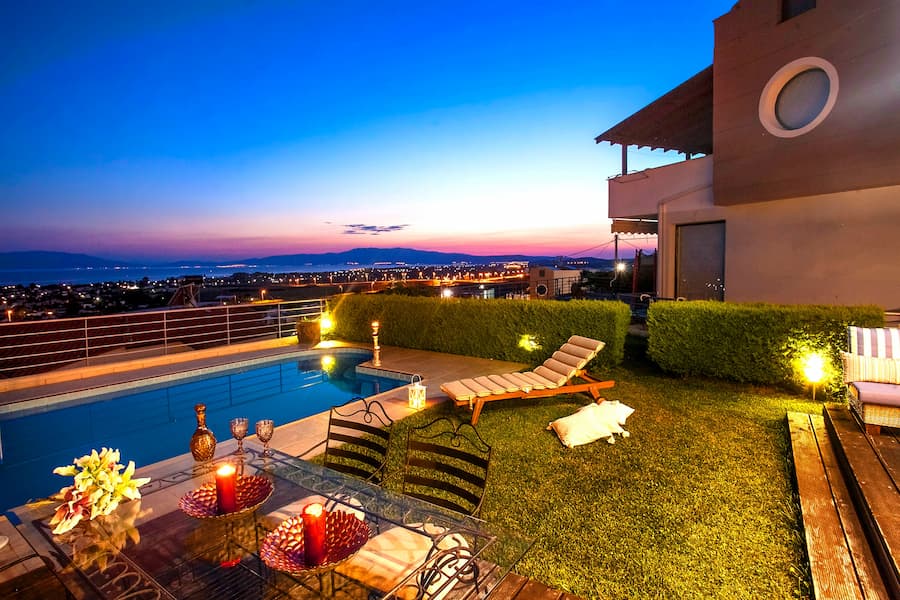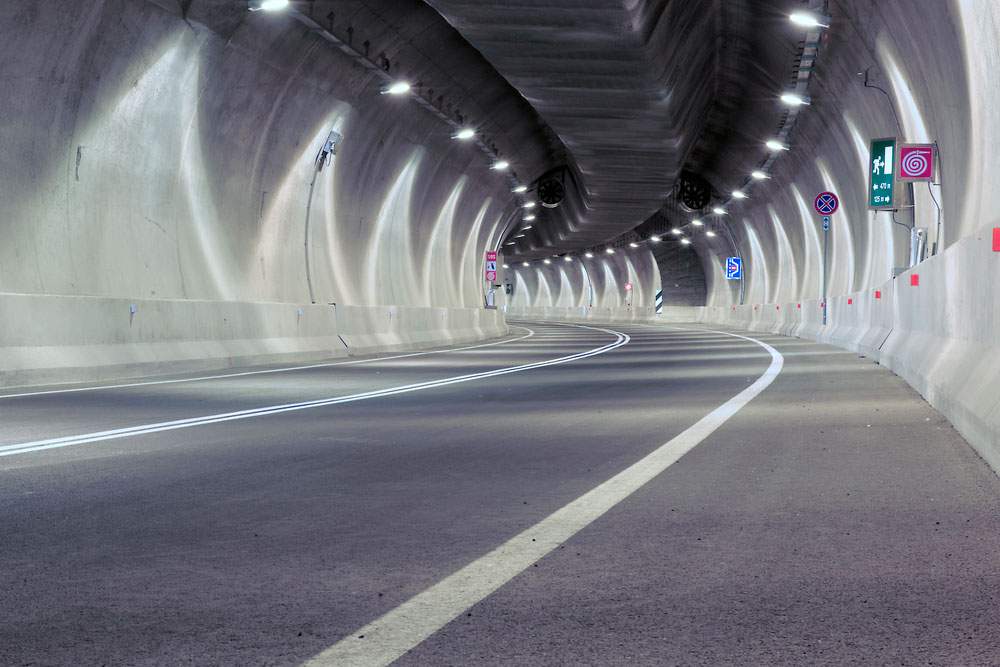You will have heard the concepts “Lumen” and “Lux” many times in conversations about power and lighting. They are two terms that we must take into account to ensure an adequate amount of light and intensity in the points we want to illuminate, in addition to other factors such as temperature or type of light.
How important is the intensity of the light? Keep in mind that this factor can affect the final vision that our home has, the life it gives off. So, it is just as important not to overdo it with the amount of light on a point as it is not to underdo it. This is where these two oddly named concepts come into play.
At NTE Sistemas we are going to explain what Lumen and Lux are and what the difference between the two is, so that you can give your home the perfect lighting. Let’s go!
Tabla de contenidos
ToggleWhat is a Lumen?
The lumen is a unit of luminous flux that is essential for measuring the luminous efficiency produced. That is, the amount of light emitted by the luminaire in relation to the power it consumes, regardless of the direction in which the light is projected.
Basically, the amount of light produced by the source regardless of the surface area. This is a very important factor to consider when controlling the luminous efficiency of your home.
The higher the numerical value of the lumen, the more light the source produces. In the case of indoor lighting, it is normal for the luminous flux to vary between 1000 and 3000 lumens, depending on other factors.
What is a Lux?
Lux is a unit indicating the sensation of projected brightness. At a general level, it helps us to know the amount of illumination visible in the environment and the intensity focused on a specific space.
Lux is used to determine the amount of light that is projected onto a surface, one Lux being equivalent to one Lumen per square metre. It is essential to take into account the orientation of the light source, as Lux does not distinguish between the number of light sources, nor the colour or structure of the source.
It is a metric value widely used for photometry, assessing the different brightness factors such as wavelengths according to functionality. In short, it is the amount of light we project on a square metre.
What is the difference between a Lumen and a Lux?
As you can see, they are closely related concepts in terms of luminosity, but as you can understand by now, they do not share the same meaning.
The main difference between the two is that the lumen indicates and measures the luminous flux without any relation to the distance at which the light source is placed; while the lux is the unit that measures the intensity of light on a specific surface.
A simple way to understand the difference between the two is through a practical example with both values. If a 1000 lumens luminaire projects the luminous flux on a surface of one square metre, it would be illuminating this particular point with 1000 lux. If it were a space of 10 square metres, the illumination would be 50 lux.
Main recommendations
Now that you know the concepts and what the difference between the two is, it is important that you know the main recommendations that are advisable for each space and room, in terms of the amount of lux.
There are general recommendations for lighting spaces, depending on whether they are homes, industrial warehouses, restaurants, etc. But it is also important to take into account the recommendations for lighting specific points in our home.
In this way, we ensure that we get the right amount of light for our home, without having a focused light source that is too intense or too weak.
- For the kitchen in a home, taking into account the general size it usually has in a house, a varying amount between 200-300 lux is recommended.
- For a living room, for a general environment, 100-200 lux is recommended. Although there are certain points that may require a different amount of lighting, such as the television area, with 50 lux.
- The corridor of the house or the stairs should have an average of 100-200 lux to ensure good visibility.
- In the case of bathrooms, as with the living room, different lighting levels are recommended. For general lighting, 200 lux is recommended, while 300-500 lux is recommended to focus the light on the mirror area.
- In the rooms of the house, along the same lines, a general lighting of 100-200 lux is recommended, which is not too excessive. In the case of the bed or reading area, a source of 500 lux.
- Finally, for the children’s room, 300 lux is recommended. Ideal to guarantee good lighting, without being excessive for children.
In NTE Sistemas we are committed to the implementation of LED lights in businesses and homes, achieving efficient and high quality results. We are at your disposal to advise you in all your projects, contact us!










